
In a sea of millions of online profiles and platforms, creating a remarkable social media brand strategy has become paramount for individuals and businesses alike. Whether you're an aspiring influencer looking to build a personal brand or a savvy entrepreneur seeking to elevate your business's online reputation, crafting a cohesive and captivating social media brand can make all the difference.
But where do you begin? How do you cut through the noise and captivate your target audience with a brand that leaves a lasting impression?
Get ready to dive into a world of creativity, authenticity, and strategic planning as we explore the fundamental elements of a powerful social media brand. From defining your unique voice and visual identity to curating compelling content and engaging with your audience, we will equip you with the knowledge and tools you need to establish a magnetic online presence. Discover the essential steps on how to create a brand on social media, effectively showcasing your unique identity and connecting with your target audience.

Looking for a Social Media Branding Strategy?
Today, more than ever, the power of branding plays a pivotal role in determining the trajectory of a company's success. A strong brand identity goes beyond just a logo or a catchy tagline; it encompasses the emotions, perceptions, and experiences that customers associate with a business. Here's why:
By leveraging branding, companies can differentiate themselves and create a distinct position in the minds of consumers.
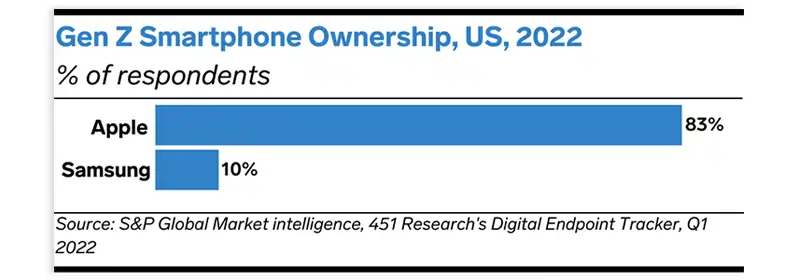
Take Apple, for example. The tech giant has crafted a brand that exudes elegance, innovation, and simplicity. By consistently delivering these promises, Apple has garnered loyal followers and achieved a competitive advantage.
A strong brand instils trust and credibility in the minds of consumers. When people have confidence in a brand, they are more likely to choose it over alternatives, even if they are unfamiliar with specific offerings.
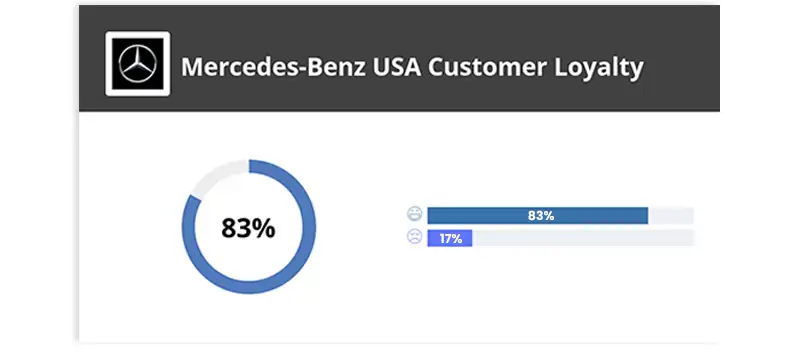
Consider the luxury automotive brand Mercedes-Benz. Through decades of exceptional quality and performance, Mercedes-Benz has cultivated a reputation for reliability and prestige. This trust has been a driving force behind their continued success, as customers willingly pay a premium for the assurance of owning a trusted brand.
Brands have the power to forge emotional connections with customers, creating a sense of loyalty and transcending transactional relationships. Nike, a global athletic footwear and apparel leader, has built its brand around "Just Do It."
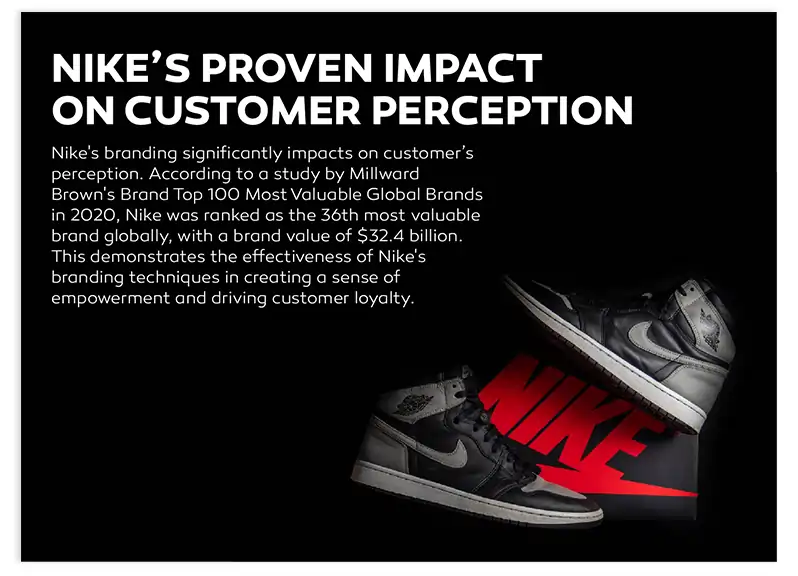
Nike has resonated with athletes and enthusiasts worldwide by championing determination, perseverance, and empowerment. Their emotional bond has cultivated a fiercely loyal customer base beyond the product.
A strong brand allows businesses to command premium offerings. Customers who perceive a brand as valuable will pay more for the associated benefits and experiences. Starbucks, the renowned coffeehouse chain, has effectively capitalized on its brand to charge higher prices than its competitors.
The brand's reputation for delivering a premium coffee experience, coupled with the inviting ambiance of its stores, has allowed Starbucks to maintain healthy profit margins despite intense competition in the coffee industry.
A well-established brand can successfully expand into new product categories or markets, leveraging its reputation and customer loyalty. Consider the multinational conglomerate, Virgin Group, founded by Richard Branson.

With its brand rooted in innovation, disruption, and customer-centricity, Virgin has expanded from its initial record store business to ventures encompassing airlines, telecommunications, health, and many other industries. The strength of the Virgin brand has provided a platform for successful diversification and exploration of new opportunities.
A strong brand can generate positive word-of-mouth marketing and advocacy. Customers who have a memorable and positive brand experience become brand ambassadors, eagerly sharing their experiences with others. Consider Airbnb, the online marketplace for accommodations.

Through its unique branding approach that focuses on community, authenticity, and belonging, Airbnb has turned its customers into passionate advocates, spreading the word about their remarkable travel experiences and helping the brand grow organically.
Consistency in branding builds recognition and familiarity among consumers. When a brand maintains a cohesive visual identity, tone of voice, and messaging across various touchpoints, it becomes easily recognizable and memorable.
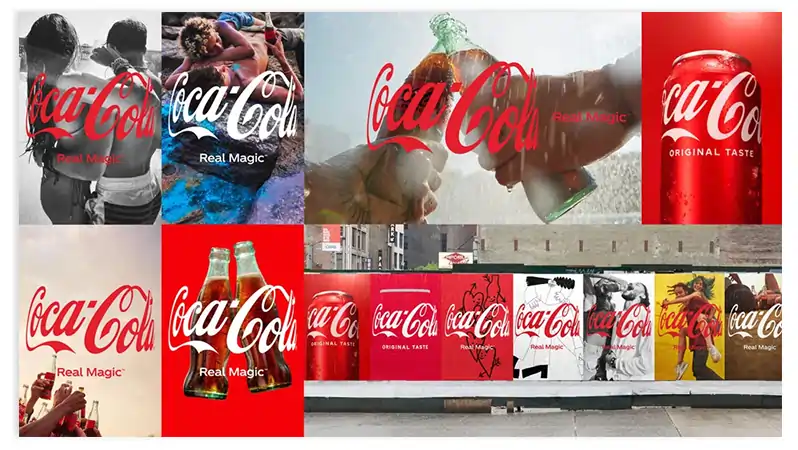
Coca-Cola has become one of the most recognizable brands globally with its iconic red logo, distinctive script font, and consistent brand messaging. The constant presence of the brand across different channels and regions has solidified its identity and made it instantly recognizable to consumers worldwide.
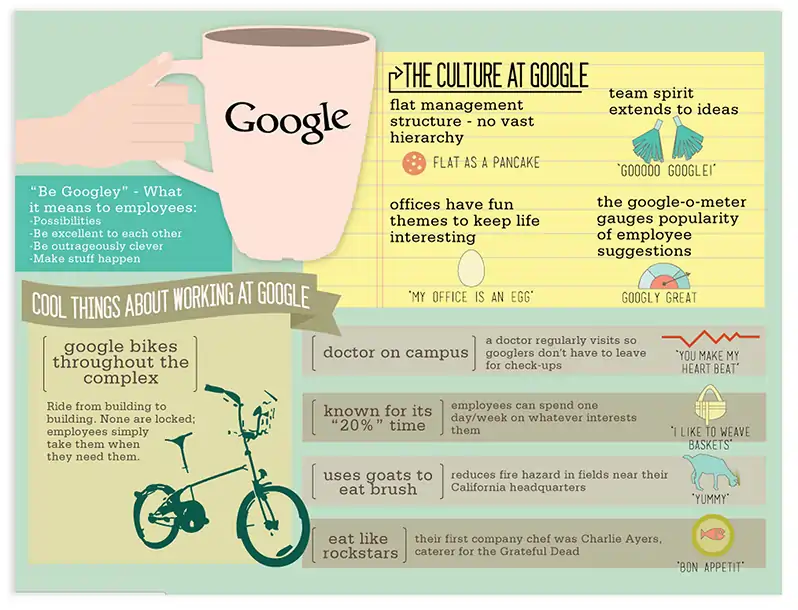
Effective branding influences external perceptions and is crucial in shaping internal company culture. A strong brand is a compass, guiding employees in their decision-making and fostering a sense of purpose and belonging. Companies like Google and Apple have successfully cultivated strong internal cultures aligned with their brands, attracting top talent and promoting employee engagement, ultimately contributing to their overall success.
Branding enables businesses to adapt to changing market dynamics and remain resilient in facing challenges. A well-established brand with a clear value proposition and strong customer connections can navigate industry shifts and consumer trends more effectively. Nike, for example, has consistently adapted its brand to cater to changing consumer preferences, expanding its offerings to include athleisure wear and embracing digital platforms to engage with its audience. This adaptability has helped Nike maintain its position as a leading sportswear brand.
A strong brand opens up opportunities for partnerships and collaborations, allowing businesses to leverage the reputation and strengths of other brands. Collaborations can increase visibility, expand reach, and access new customer segments. An excellent example of successful brand partnerships is the collaboration between luxury fashion brand Louis Vuitton and streetwear label Supreme.
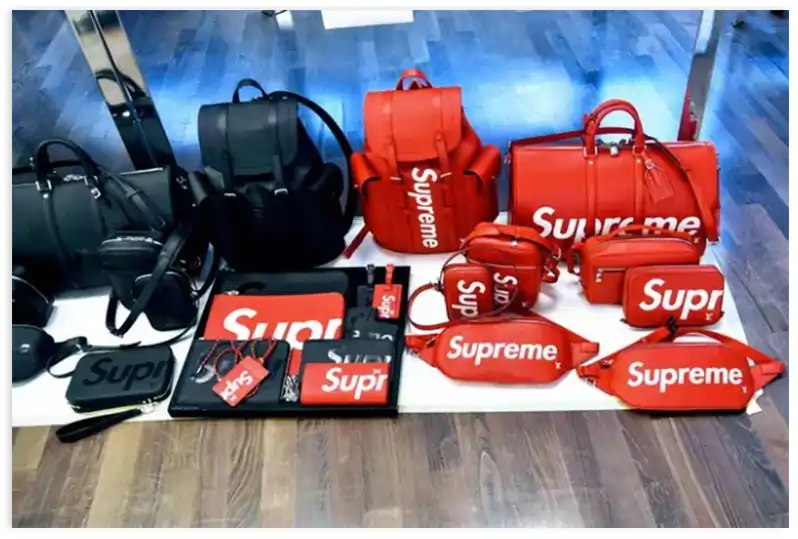
Combining their distinct brand aesthetics and targeting overlapping consumer groups created a highly sought-after and successful collection that generated immense buzz and demand. Our agency specializes in providing comprehensive brand marketing services, helping businesses establish a strong brand presence across various platforms.
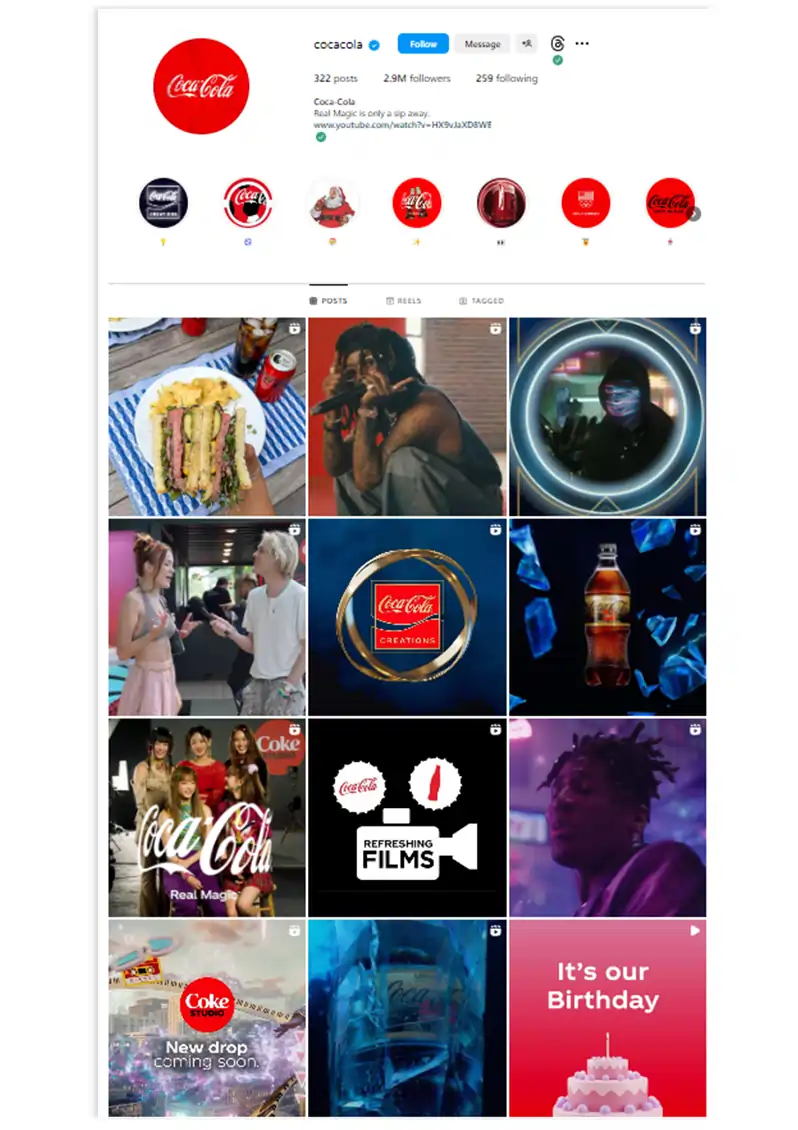
Example: Coca-Cola's social media branding consistently showcases its iconic red color, distinct script font, and imagery that evokes happiness and togetherness, reflecting its brand values of enjoyment and sharing.
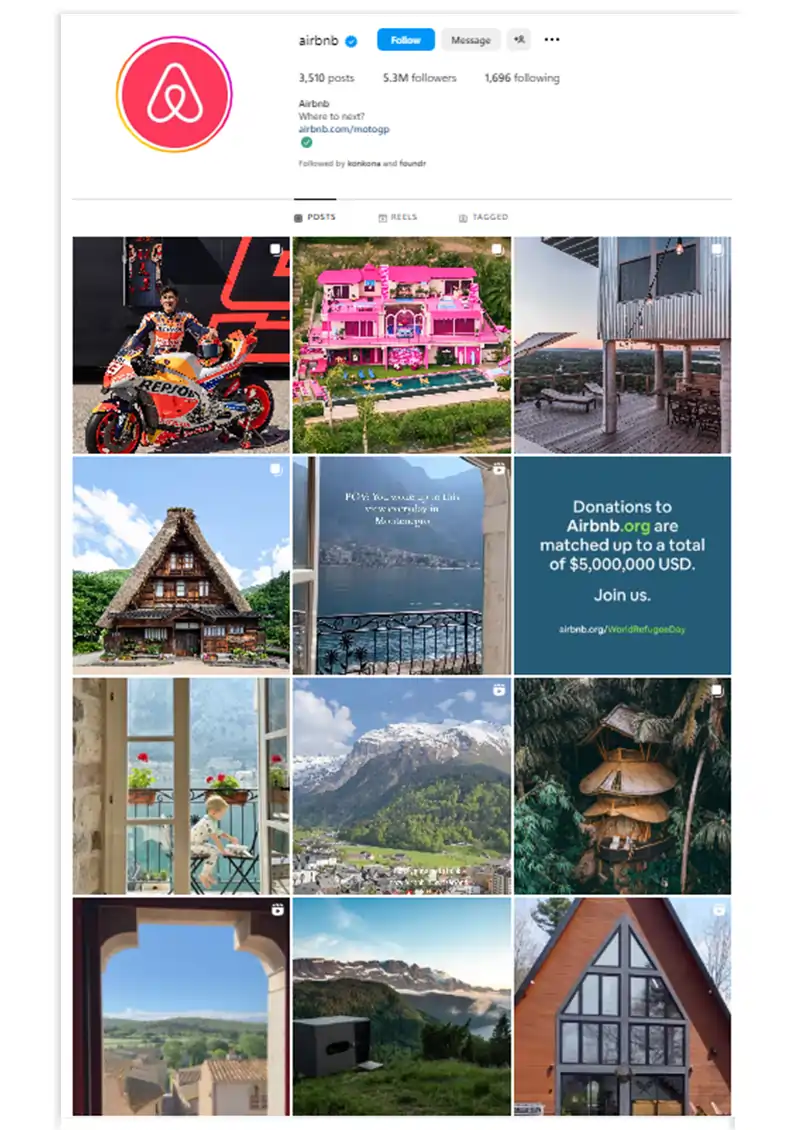
Example: Airbnb's social media branding reflects its focus on unique travel experiences by showcasing diverse destinations, local culture, and personal stories that resonate with its adventurous and travel-savvy audience.
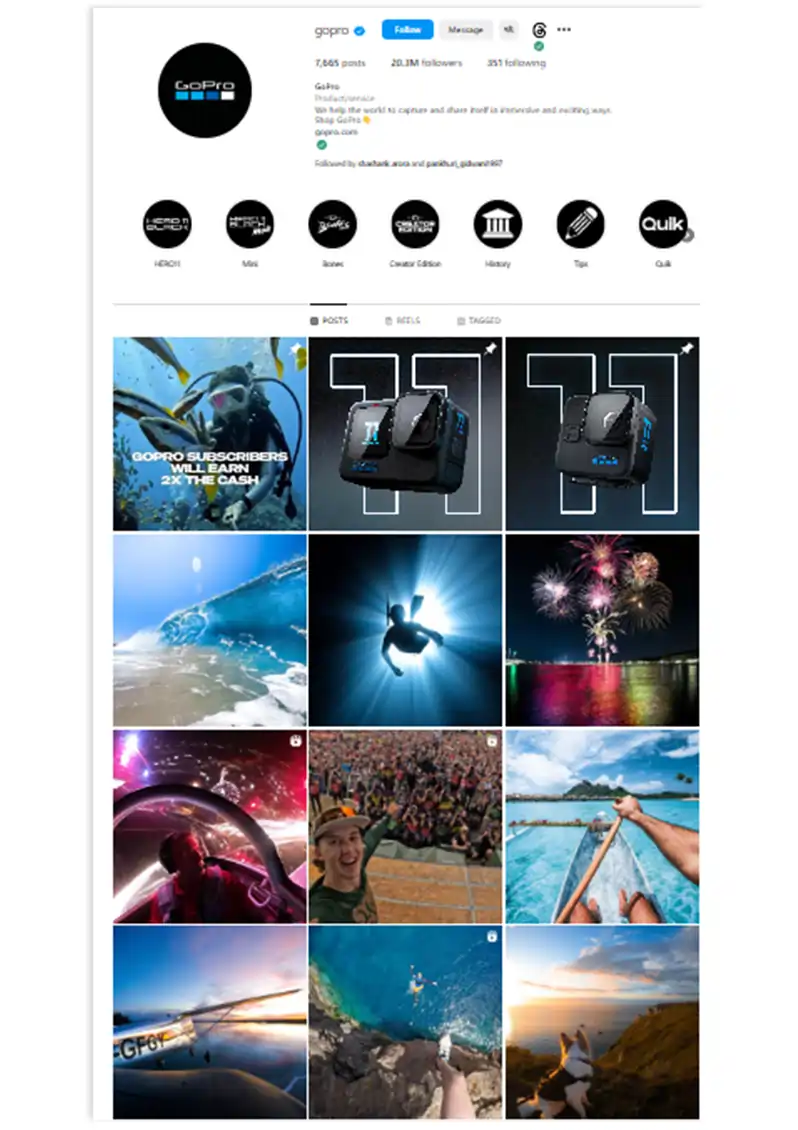
Example: GoPro's social media branding revolves around user-generated content, sharing thrilling videos and photos captured by their customers. This strategy showcases the versatility and excitement of their cameras while creating a community-driven brand narrative.
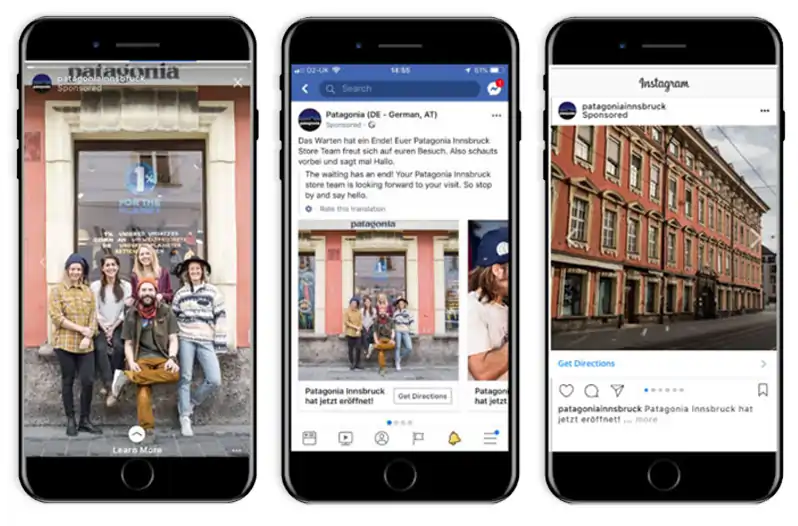
Example: Patagonia's social media branding emphasizes its commitment to sustainability and environmental activism. They openly share information about their manufacturing practices and initiatives, fostering trust and loyalty among their environmentally conscious audience.

Example: Starbucks' social media branding often includes user-generated content, such as customers' photos featuring Starbucks beverages. By featuring and engaging with their customers' posts, Starbucks encourages participation and strengthens their community.

Example: Adidas collaborates with influencers and athletes who embody their brand's values of athleticism and creativity. These partnerships amplify their social media presence, reaching diverse sports enthusiasts and fashion-conscious individuals.

Example: Glossier, a beauty brand, closely tracks engagement metrics on its social media platforms and adjusts its content strategy accordingly. They experiment with different formats and consistently monitor analytics to optimize their social media branding efforts.

Example: Wendy's fast-food chain maintains a witty brand voice on social media platforms, engaging with its audience through clever comebacks and playful banter. This consistent approach has garnered attention and increased brand visibility.

Example: National Geographic excels at visual storytelling, sharing breath-taking images and captivating videos that transport its audience to different parts of the world. Their visually compelling content conveys their brand's commitment to exploration and conservation.
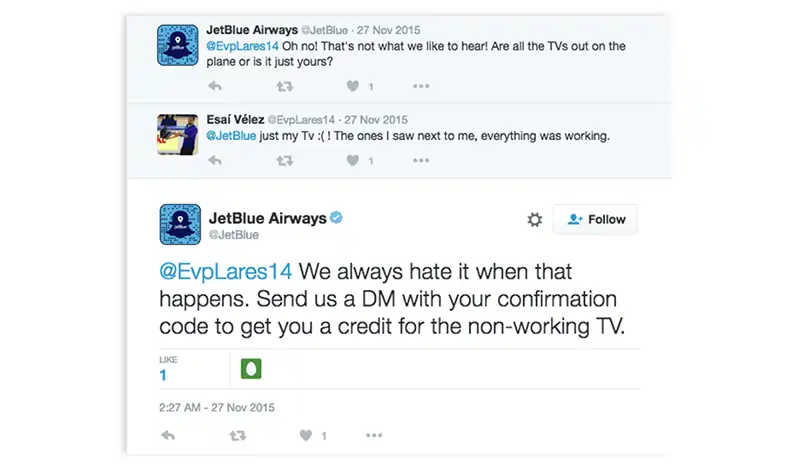
Example: JetBlue Airways actively practices social listening, monitoring mentions and hashtags related to their brand. They promptly respond to customer queries, concerns, and feedback on social media platforms, reinforcing their commitment to excellent customer service.
Measuring the impact of branding efforts is essential for businesses to gauge the effectiveness of their strategies and make data-driven decisions. By implementing appropriate measurement techniques, businesses can gain valuable insights into their brand's performance and adjust their approaches accordingly.
As a leading digital marketing company, we offer a wide range of services to help businesses effectively reach and engage their target audience in the digital landscape.
Creating a strong and effective social media presence for your brand is crucial in today's digital landscape. However, being aware of potential pitfalls hindering your efforts is equally important. Avoiding these common mistakes will help you build a successful social media brand that resonates with your audience and drives meaningful engagement.
1. How do I define my brand's identity on social media?
Identify your brand's values, mission, and unique selling proposition. Develop a cohesive visual identity and voice that align with your brand. Consistency is key across all social media platforms.
2. How can I effectively target and reach my audience on social media?
Conduct thorough audience research to understand their demographics, interests, and online behavior. Utilize social media analytics and targeting tools to identify and reach your target audience through relevant content and targeted advertising.
3. What content should I create to enhance my brand on social media?
Create a mix of content that educates, entertains, inspires, and engages your audience. This can include informative articles, engaging visuals, videos, user-generated content, behind-the-scenes glimpses, and interactive polls or contests.
4. How can I build engagement and a loyal following on social media?
Encourage interaction by responding to comments, messages, and mentions promptly. Initiate conversations, ask questions, and encourage user-generated content. Offer valuable, shareable content that resonates with your audience and creates a sense of community.
5. How do I measure the success of my social media branding strategy?
Track metrics such as reach, impressions, engagement rates, follower growth, and conversions. Use social media analytics tools to gain insights into content performance and audience behavior. Regularly analyse the data and adjust your brand social media strategy based on the results.
6. How often should I post on social media?
There is no one-size-fits-all answer, as it depends on your audience and platform. It's important to maintain consistency but not overwhelm your audience. Start with a few quality weekly posts and adjust based on engagement and audience feedback.
7. Should I be present on all social media platforms?
It's not necessary to be on every platform. Focus on the platforms where your target audience is most active and tailor your content accordingly. Quality and relevance on a few platforms are more effective than spreading thin across numerous platforms.
8. How can I handle negative comments or reviews on social media?
Respond promptly and professionally, acknowledging the issue and offering assistance. Take the conversation offline if necessary. By addressing concerns transparently and providing a solution, you can showcase your commitment to customer satisfaction.
9. Is it necessary to invest in paid advertising on social media?
While organic reach is valuable, paid advertising can significantly amplify your brand's reach and target specific audiences. Consider allocating a portion of your social media marketing for brand budget to paid social media campaigns to maximize your brand's visibility and impact.
10. How long does it take to see results from social media branding efforts?
Building a strong social media presence and seeing tangible results takes time and consistency. It varies based on industry, target audience, and competition. Be patient, analyze data regularly, and adjust as needed to optimize your brand social media strategy.
Creating a solid social media branding strategy is crucial for businesses seeking to establish a strong online presence and connect with their target audience. By defining your brand's identity, targeting the right audience, creating engaging content, fostering audience engagement, and measuring your efforts, you can develop a compelling social media brand that resonates with your customers.
At JanBask, we understand the importance of effective social media branding strategies in today's digital landscape. Our team of experts can assist you in developing a comprehensive social media strategy tailored to your brand's unique needs and goals. From crafting compelling content to analysing performance metrics, we can help you build a strong social media presence that elevates your brand and drives meaningful results.
Don't miss out on social media platforms opportunities for brand building and engagement. Contact JanBask Digital Design today to unlock the full potential of social media branding and take your business to new heights.
Interested in our Social Media Branding Services?

P
Great insights! I never realized the importance of consistent branding across different social media platforms. I was definitely going to implement these strategies for my own business. Thanks!
O
I’ve struggled to engage my audience on social media, but your tips on creating compelling content have given me some great ideas. Excited to see how it improves my brand’s presence!
B
I made the mistake of neglecting customer engagement on social media, which cost me valuable connections. Your reminder to respond promptly and foster relationships is spot on. Lesson learned!
L
I’ve hesitated about using influencers, but your example of Adidas collaborating with athletes has convinced me of its potential. Time to explore some partnerships for my brand!
C
Measuring the impact of branding efforts has always been a challenge for me. Your comprehensive list of metrics and techniques has given me a clear direction on what to track. Thank you for sharing!